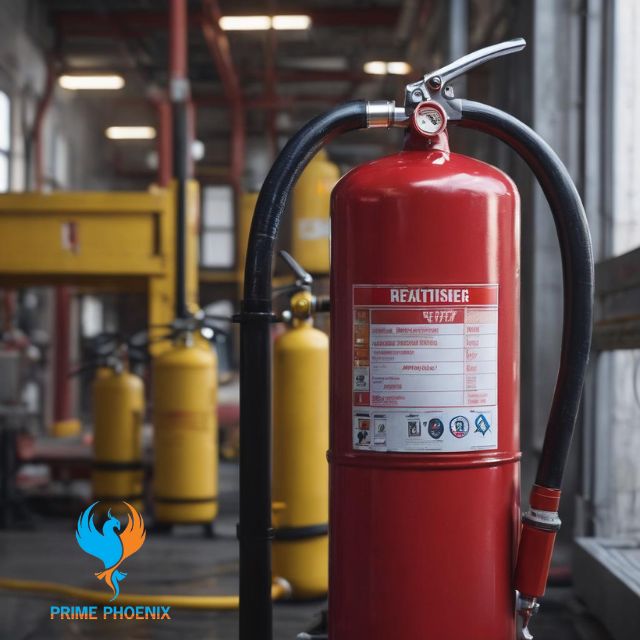- Ras Al Khor Industrial Area 2
- +971 4 330 2170
- +971 547919584
Unleash the Power of Wet Chemical Fire Extinguishers
Wet chemical fire extinguishers are a crucial yet underappreciated part of any fire safety system. At Prime Phoenix, we’re experts in deploying these specialized extinguishers to maximize fire protection. Keep reading to learn all about wet chemical extinguisher capabilities, uses, and symbols.
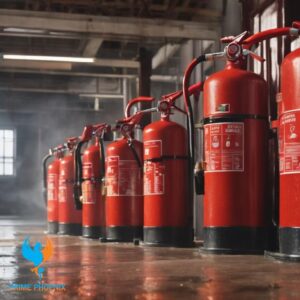
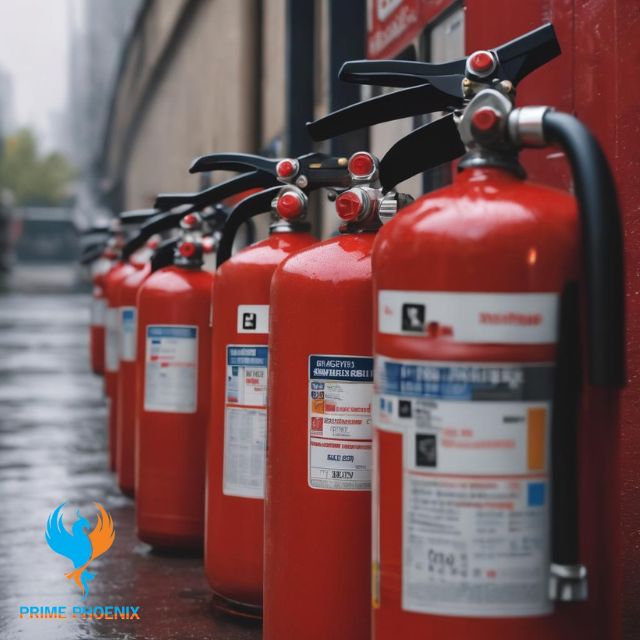
What Are Wet Chemical Fire Extinguishers?
Wet chemical extinguishers douse flames with a fine mist containing potassium salts. This mist knocks down fire faster than plain water. The chemical also helps prevent re-ignition by creating a soapy foam blanket.
Wet chemical extinguishers excel at smothering fires fueled by cooking oils and fats. They stop the chemical chain reaction sustaining the blaze. This capability makes them ideal for commercial kitchens.
Key Benefits of Wet Chemical Fire Extinguishers
Wet chemical extinguishers provide several advantages over other extinguisher types:
- Effectiveness – Superior fire fighting capability against fat/oil fires. The chemical mist prevents re-ignition.
- Versatility – Can extinguish other common fires as well, including wood, paper, and plastics.
- Efficiency – Compact size contains enough agent for most commercial kitchen fires. No need for refills after use.
- Safety – Non-toxic chemical won’t harm food or humans. Leaves no messy residue.
- Convenience – Lightweight models are easy to handle. Can be wall-mounted within reach.
- Reliability – Requires minimal maintenance. Chemical agent doesn’t degrade over time.
- Cost – Relatively inexpensive for the protection provided.
Top Uses for Wet Chemical Fire Extinguishers
Wet chemical extinguishers belong in certain high-risk fire environments. We recommend them for:
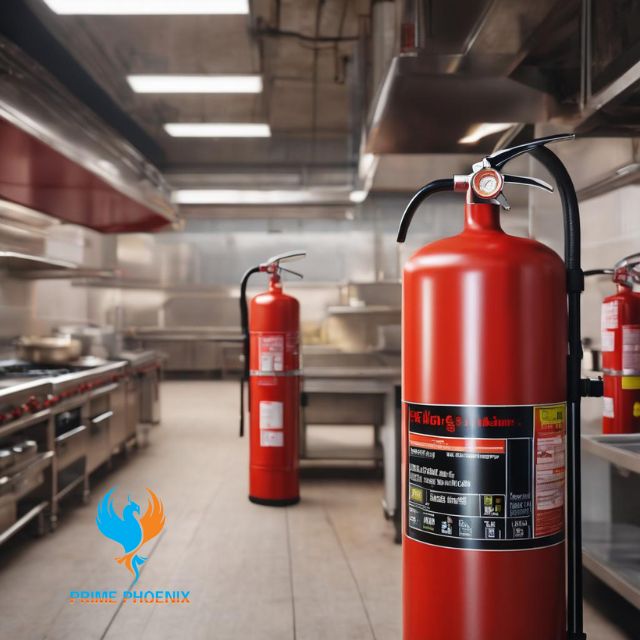
Commercial Kitchens
Kitchens with deep fryers, grills, and other cooking equipment face extreme fire hazards. Wet chemical extinguishers are made for snuffing out cooking oil and grease fires. Using water-based extinguishers in kitchens can dangerously spread hot oil.
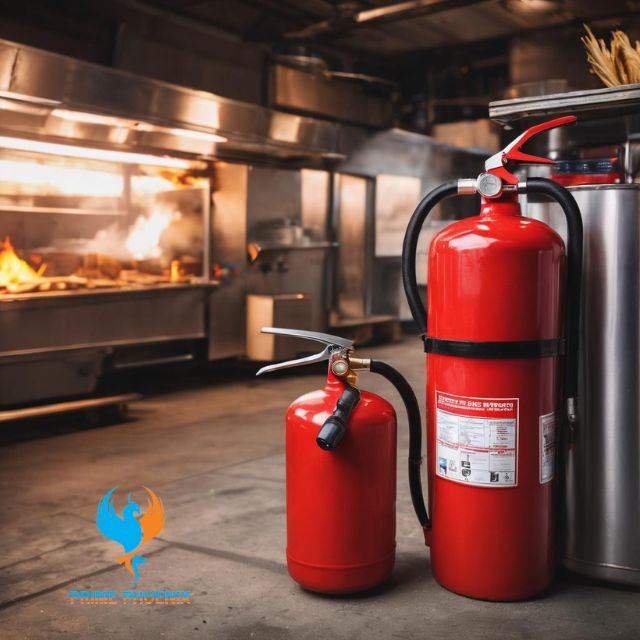
Food Trucks & Concessions
Like commercial kitchens, food trucks and concessions cook with hot oil in confined spaces. Wet chemical extinguishers are compact enough to mount in tight cooking areas. Their short discharge time allows operators to extinguish fires quickly before they spread.
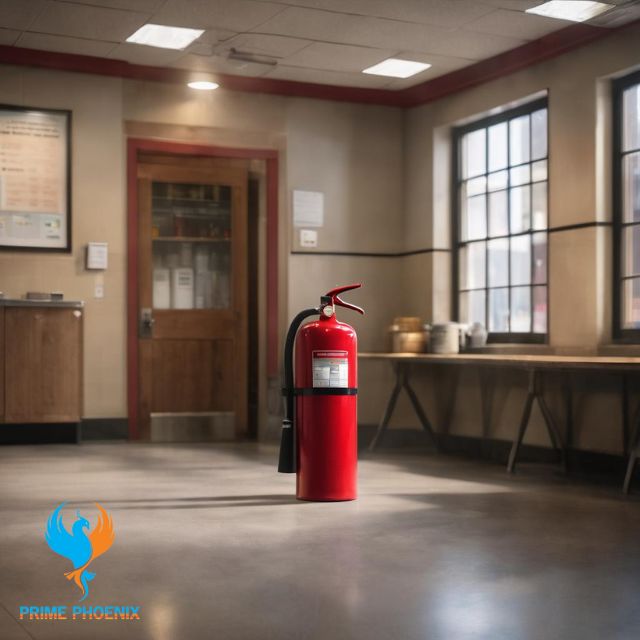
Cafeterias & Break Rooms
School, hospital, and office cafeterias often have kitchenettes with stoves, microwaves, and toaster ovens. Wet chemical extinguishers provide inexpensive but effective protection in these areas. Their ease of use makes them ideal for non-professional staff.
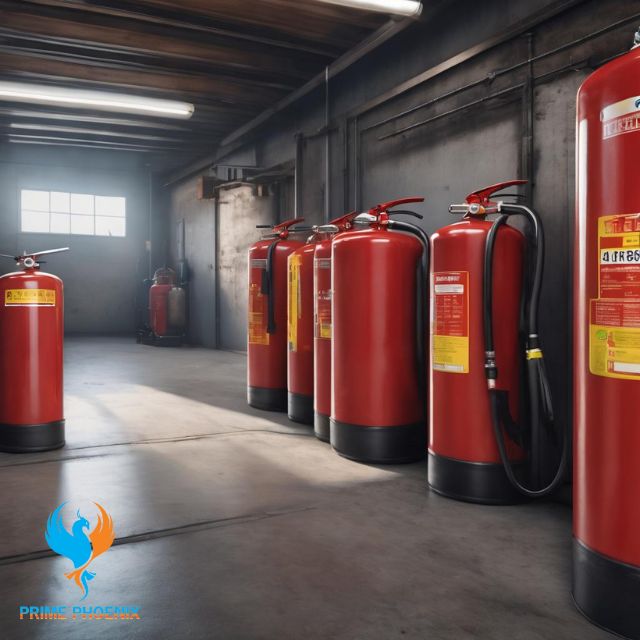
Garages With Welding/Cutting Operations
Welding torches can ignite oil and grease in a garage. Wet chemical extinguishers stop these slippery fires from spreading. The chemical agent helps prevent re-ignition after the initial fire is extinguished.
Other Commercial Facilities
Any commercial site with a commercial kitchen can benefit from wet chemical extinguishers. This includes restaurants, hotels, nursing homes, amusement parks, and more. Fire officials also recommend them for airport kitchens and industrial cafeterias.
Wet Chemical vs Other Extinguisher Types
Wet chemical units have advantages over other extinguisher types for oil-based fires:
- vs Water Extinguishers: Water can splash and spread hot grease fires. Wet chemicals produce a gentler mist.
- vs CO2 Extinguishers: CO2 can dissipate too quickly to prevent re-ignition of cooking oils. Chemicals create a blanket.
- vs Dry Chemical Extinguishers: Dry chemical leaves a powder residue requiring clean-up. Wet chemical converts to foam.
- vs Halotron Extinguishers: Halotron is not UL rated for Class K fires and costs significantly more than wet chemical.
Wet Chemical Fire Extinguisher Symbols and Markings
Wet chemical extinguisher nameplates feature a specific fire class and pictogram:
- Fire Class – Class K extinguishers are tested specifically for fighting kitchen oil and fat fires.
- Pictogram – A stylized image of a pot with flames represents Class K’s suitability for kitchen fires.
Other markings include:
- Operating instructions
- Hazard warnings
- Approval markings from testing agencies like UL or FM Global
- A “shaken can” sticker reminding users to periodically turn the extinguisher upside down to mix the chemical solution.
Wet chemical extinguishers larger than 1 liter also receive a UL rating number indicating the extinguisher’s size and agent capacity.
Sizing Your Wet Chemical Fire Extinguisher
Choosing the right wet chemical extinguisher size for your fire risks comes down to three factors:
- Fire Class
Always select a Class K wet chemical extinguisher for kitchen/cooking areas. Class A or B extinguishers aren’t approved or effective for such fires. - Location
Mount larger extinguishers closer to major fire hazards like commercial cooking equipment. Smaller units can handle periphery areas like cafeteria tables. - Fire Size
Estimate the potential size of a fire at its most dangerous location. Larger extinguishers have longer discharge times to fight bigger blazes.
As a general rule of thumb:- 2.5 lb (1 L) extinguishers can handle fires approximately 2 ft in diameter.
- 5 lb (2 L) models can extinguish fires roughly 4 ft across.
- 6 liter cartridge units can extinguish fires up to 6 ft in diameter.
- Larger wheeled units up to 30 gallons are also available for industrial kitchens.
Always choose units big enough to fully extinguish potential fires. It’s better to oversize your wet chemical extinguisher than undersize it.
Maintaining Your Wet Chemical Fire Extinguisher
Like any safety equipment, wet chemical extinguishers require periodic maintenance to stay in working order:
- Visually inspect monthly for any signs of damage, corrosion, or leaks.
- Check pressure gauges to ensure they remain in the green zone.
- Turn unit upside down to remix chemicals every 30 days.
- Have a licensed professional service the extinguisher annually.
- Hydrotest pressurized models every 12 years.
- Replace non-pressurized cartridge models after a single use.
With proper care, most wet chemical extinguishers will provide 10-12 years of reliable fire protection.
Trusting Wet Chemical Fire Safety to the Experts
Don’t take chances with makeshift fire defense – rely on purpose-built wet chemical extinguishers. Prime Phoenix brings decades of fire protection experience to deploying these specialized units for commercial facilities. Contact us today to get expert wet chemical fire safety solutions for your business
